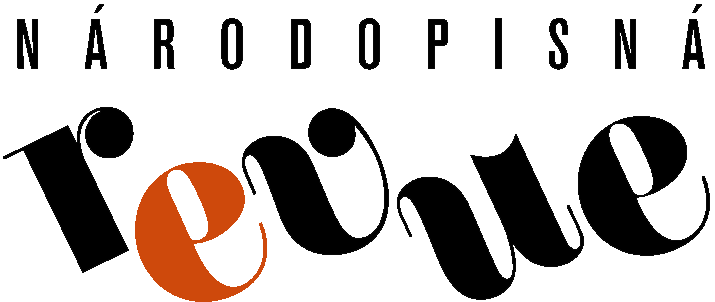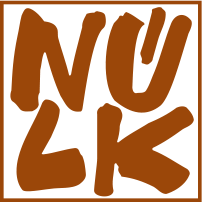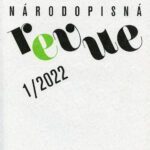Studies on the Subject of “Taboo in the Past and at Present”
The Motifs of Taboos and Their Functions in Czech Traditional Prosaic Folklore (Adéla Adámková)
The Holocaust/Shoah as a Tabooed Component in Czech Society’s Memory after World War II? (Blanka Soukupová)
“Don’t Tell Anyone”: Family Secrets, Sense of Uncertainty, and Navigating “Otherness” Among the Jewish Minority in Slovakia (Katarína Očková)
Breastfeeding in Public as a Social Taboo (Example from Slovakia) (Silvia Letavajová)
Off-Topic Studies
There Will Be Dancing, Even Though There Is No Holiday! Explicit and Implicit Messages
in Czech Socialist Cinematography (Petr Lozoviuk)
For all content click the button CONTENTS.
The Motifs of Taboos and Their Functions in Czech Traditional Prosaic Folklore
Adéla Adámková
The article analyses motifs of taboos contained in traditional folk tales and legends recorded in the Czech lands, and focusses on functions that these motifs exercise in relation to the social reality of that time and the narrative itself. Folklore studies include many theories related to the approach to taboo. Some of them perceive prosaic folklore as a space in which it is possible to break taboos and express anxieties that cannot be talked about in everyday life. According to others, folklore taboos correspond to those in force in society and cannot be broken with impunity. Thus, taboos in folklore material, like those in socio-cultural reality, reflect society's relationship to tabooed phenomena, and some of them change over time, in dependence on the social and cultural development. Traditional narratives illustrate the function of tabooed elements as these were established by institutionalized religion (e.g. sinful behaviour) and folk belief (e.g. motifs associated with demonic beings); in some cases they are also supported by the legal system (e.g. murder). They affect everyday life, but they are also linked to the liminal states of an individual (most often with puerperal women and children). The taboo, or at least the punishment for breaking it, often retains its supernatural character, which implies the frequent association of taboo motifs with demonic beings.
The Holocaust/Shoah as a Tabooed Component in Czech Society’s Memory after World War II?
Blanka Soukupová
The text analyses the thematization of a key phenomenon of 20th century history and the axis of post-war Jewish identity - the Holocaust/Shoah in the Czech lands with overlaps to Central Europe. In contrast to propositions of the well-known political scientist Pavel Barša (the Holocaust became the cornerstone of Jewish identity only at the turn of the 1960s and 1970s, when the State of Israel argued for it within its policy in regards to the occupied Arab territories and the moral category of innocent victim became crucial for Western mind-set), it tries to prove that the Holocaust, for which the Hebrew term Shoah is used in this case, became the pillar of Jewish identity already after the end of World War II. It was also at that time that the growing communist propaganda, which completely dominated the public space after the February coup (1948), began to use it for its own interests. In parallel, the treatise denies that the thematization of the Shoah/Holocaust was dominated by Jews as victims; in the post-war decades both minority Jewish and majority Czech representations worked with two categories: victims of racism and fighters against fascism, even though the communist representation (including the Jewish communists) from the beginning marginalized the Jewish resistance on the Western fronts and also the theme of the uniqueness of the Holocaust phenomenon.
“Don’t Tell Anyone”: Family Secrets, Sense of Uncertainty, and Navigating “Otherness” Among the Jewish Minority in Slovakia
Katarína Očková
Many young Slovak Jews, belonging to the third post-war generation, learned about their Jewishness only later in their lives, when outer triggers – whether a classmate’s comment or a history lesson about the Holocaust – raised questions to which they received unexpected answers at home. This study focuses on family secrets and their productivity, and on social taboos on information about Jewish descent, in the context of perceived insecurity across three generations of Slovak Jews. Exploring how young people discovered their Jewishness and how it was presented to them by their closest kin – who had previously kept it secret from them – along with the warning not to tell anyone about it, this study shows the formative power of this information for a sense of self, as well as for their relations to others. Based on ethnographic fieldwork among the Jewish community in Bratislava, the author shows how contemporary young Jews – the grandchildren of Holocaust survivors – navigate their uncovered family secret, and how they negotiate the disruption in the continuity of their life stories and the intergenerational transmission of uncertainty and mistrust, which encourages the use of strategies of careful concealment of “otherness”, affecting their everyday life and relationships.
Breastfeeding in Public as a Social Taboo (Example from Slovakia)
Silvia Letavajová
The treatise deals with breastfeeding as a significant socio-cultural phenomenon. It studies public breastfeeding and ambivalent attitudes toward it in the contemporary Slovak society. It is based on theoretical background of the study of cultural taboos, gender, intimacy, sexuality and physicality, and use of public space. It focusses on the public pressure and the interpretation of the phenomenon of “good mother”. It traces back the historical aspects of breastfeeding and its forms and significance in traditional culture, as well as changes in the contemporary Slovak society. In particular, it pays attention to media, political and institutional influences on breastfeeding practices, and it analyses public activism in this realm. The focus of the work is on the Central European socio-cultural space. The study presents findings from research carried out using the method of content analysis of posts on Internet discussion forums. It subjects the texts of these posts to a qualitative analysis, whereby it focusses on the contents of the statements as well as the ways of expressing oneself on the topic.
There Will Be Dancing, Even Though There Is No Holiday! Explicit and Implicit Messages in Czech Socialist Cinematography
Petr Lozoviuk
The article presents a semiotic-ethnological analysis of two Czechoslovak feature films (“Zítra se bude tančit všude”, 1952; “V pátek není svátek”, 1979) which were made and also are set in the period of so-called real socialism. At a more general level, the article attempts to answer the question of the extent to which the film production of the socialist era can be seen as a specific source for the study of the everyday culture of that time. In thecontext presented, socialism is interpreted not only as an ideological-economic system, but as a culturally formative era. That is, as a particular way of life, which manifested itself in specific cultural expressions of the people who were forced to live in this order. The study further systematically focuses on the analysis of both films in terms of the functionality of implicit and explicit messages which are encoded in the researched outputs of socialist cinematography.



